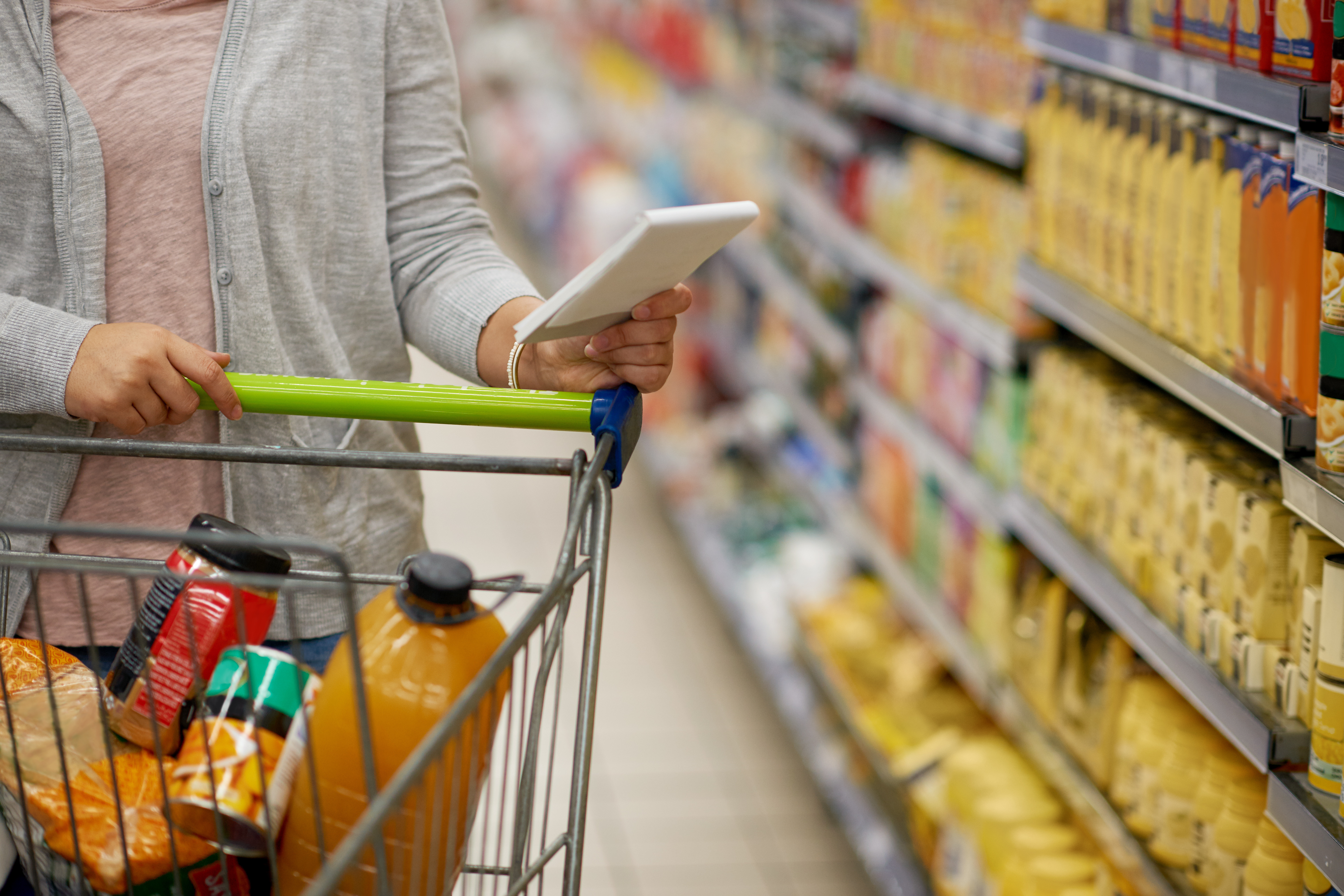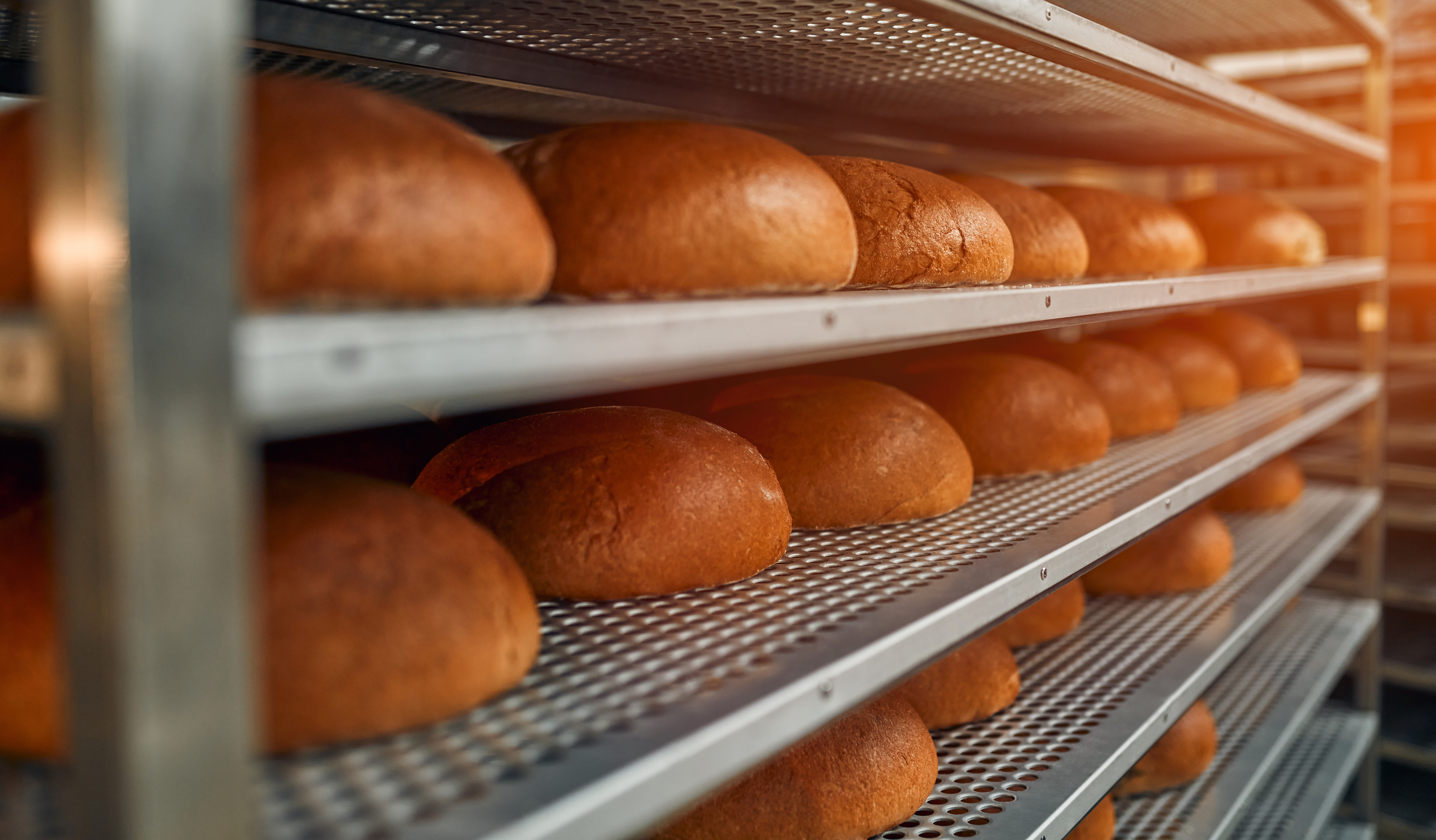Ensuring Food Safety: The Importance of Risk Mitigation in the Food Quality Industry
 The food quality industry is responsible for ensuring that food products meet the necessary standards to be safe and suitable for consumption. Risk mitigation, the act of detecting, evaluating, and controlling possible dangers that could cause harm to consumers and businesses, is one way businesses accomplish this. Risk mitigation is essential in the food sector since it helps to avoid contamination, food-borne illnesses, and other problems with product quality.
The food quality industry is responsible for ensuring that food products meet the necessary standards to be safe and suitable for consumption. Risk mitigation, the act of detecting, evaluating, and controlling possible dangers that could cause harm to consumers and businesses, is one way businesses accomplish this. Risk mitigation is essential in the food sector since it helps to avoid contamination, food-borne illnesses, and other problems with product quality.
Concerns About Food Safety have Prompted Food Fraud Programs
Food-borne illnesses and contamination can severely affect consumers, the food industry, and the economy. These consequences can include serious illness for consumers, damaged credibility for a business, and possible fines and other legal penalties. Because of these scenarios' dangers, food industry actors like SQF have developed food fraud and defense measures to reduce the risks. Food fraud programs seek to prevent the purposeful misrepresentation of food items, whereas food defense programs seek to safeguard food products against intentional contamination. By recognizing possible dangers and putting control measures in place for them, risk mitigation aids in preventing these problems.
Risk Mitigation Should Focus on Quality, Reputation, and Credibility
Quality standards are essential in ensuring food products are safe for consumption. Regulatory bodies such as the FDA and USDA in the United States are responsible for deciding and enforcing these standards. As laws and regulations change, food manufacturers must keep up with them to ensure compliance, including proper labeling of allergens. A risk mitigation program that prioritizes quality assurance is crucial in maintaining food safety. Along with complying with regulations, maintaining the reputation and credibility of the food industry is crucial for consumer trust. A healthy risk mitigation strategy plans and executes methods to protect food throughout the manufacturing process and consistently seeks ways to reduce risks to the lowest possible levels. Failure to implement these measures can lead to serious consequences, including loss of consumer confidence and even harm to public health.
Risk Mitigation Provides Consumer Protection
Risk mitigation protects consumers from health hazards and businesses from economic loss resulting from failure to meet government regulations. Government regulations provide the standards for ensuring that food products are safe for the public. Your risk mitigation program should involve the continued review of changing regulations and ways to keep everyone in your company informed.
How SQF is Your Ally in Developing a Risk Mindset?
SQF or Safe Quality Food is a food safety management system designed to help the food industry meet regulatory requirements and ensure the safety and quality of food products. Our new Risk Management courses are designed to help develop a strong food safety culture and mitigate risks throughout food production. The courses offer a comprehensive overview of essential topics such as recall and crisis management programs, data insights for risk management, food fraud, and defense programs, allergen management programs, raw and unfinished product specifications, and document control and records programs. These courses are "compliance boosters" designed to equip individuals with the knowledge and skills to ensure the safety and quality of food products. Additionally, for more in-depth guidance on Risk Mitigation, we recommend downloading our SQF Risk Assessments in Pre-requisite Programs guidance document, which can provide valuable insights for maintaining food safety and reducing risks to the lowest possible levels.
Conclusion - Risk Mitigation is Crucial
Risk mitigation is crucial in the food quality industry to ensure the safety and quality of food products. Food-borne illnesses and contamination, quality standards, reputation and credibility, and consumer protection are all topics you must consider in risk mitigation. With evolving threats and changing governmental regulations, you must develop a comprehensive strong food safety culture and understand how to mitigate risks. SQF is here to help your businesses stay up-to-date and on the cutting edge of food safety. Take the next step in your food safety career and learn how to mitigate risks effectively with our new Risk Management courses. Sign up now and be equipped with the knowledge and skills to ensure the safety and quality of your company’s food products.
Download the Risk Assessments in Pre-requisite Programs guidance document
Recent Blog Posts
The FMI Foundation, in partnership with SQFI, awarded 19 scholarships from 152 applications for the 2025-2026 Food Safety Auditing Scholarship program.
Private brands in the grocery industry are experiencing significant growth, evolving from budget alternatives to strategic assets that drive customer loyalty and distinguish retailers.
Recall prevention means embedding food safety throughout your operations so those failures never reach the customer.




